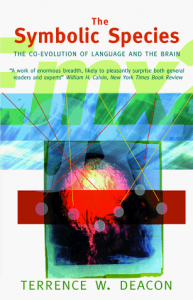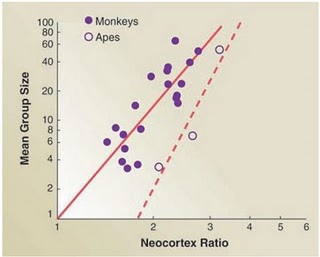I want to look at what Dennett has to say about patterns because 1) I introduced the term in my previous discussion, In Search of Dennett’s Free-Floating Rationales [1], and 2) it is interesting for what it says about his philosophy generally.
You’ll recall that, in that earlier discussion, I pointed out talk of “free-floating rationales” (FFRs) was authorized by the presence of a certain state of affairs, a certain pattern of relationships among, in Dennett’s particular example, an adult bird, (vulnerable) chicks, and a predator. Does postulating talk of FFRs add anything to the pattern? Does it make anything more predictable? No. Those FFRs are entirely redundant upon the pattern that authorizes them. By Occam’s Razor, they’re unnecessary.
With that, let’s take a quick look at Dennett’s treatment of the role of patterns in his philosophy. First I quote some passages from Dennett, with a bit of commentary, and then I make a few remarks on my somewhat different treatment of patterns. In a third post I’ll be talking about the computational capacities of the mind/brain.
Patterns and the Intentional Stance
Let’s start with a very useful piece Dennett wrote in 1994, “Self-Portrait” [2] – incidentally, I found this quite useful in getting a better sense of what Dennett’s up to. As the title suggests, it’s his account of his intellectual concerns up to that point (his intellectual life goes back to the early 1960s at Harvard and then later at Oxford). The piece doesn’t contain technical arguments for his positions, but rather states what they were and gives their context in his evolving system of thought. For my purposes in this inquiry that’s fine.
He begins by noting, “the two main topics in the philosophy of mind are CONTENT and CONSCIOUSNESS” (p. 236). Intentionality belongs to the theory of content. It was and I presume still is Dennett’s view that the theory of intentionality/content is the more fundamental of the two. Later on he explains that (p. 239):
… I introduced the idea that an intentional system was, by definition, anything that was amenable to analysis by a certain tactic, which I called the intentional stance. This is the tactic of interpreting an entity by adopting the presupposition that it is an approximation of the ideal of an optimally designed (i.e. rational) self-regarding agent. No attempt is made to confirm or disconfirm this presupposition, nor is it necessary to try to specify, in advance of specific analyses, wherein consists RATIONALITY. Rather, the presupposition provides leverage for generating specific predictions of behaviour, via defeasible hypotheses about the content of the control states of the entity.
This represents a position Dennett will call “mild realism” later in the article. We’ll return to that in a bit. But at the moment I want to continue just a bit later on p. 239:
In particular, I have held that since any attributions of function necessarily invoke optimality or rationality assumptions, the attributions of intentionality that depend on them are interpretations of the phenomena – a ‘heuristic overlay’ (1969), describing an inescapably idealized ‘real pattern’ (1991d). Like such abstracta as centres of gravity and parallelograms of force, the BELIEFS and DESIRES posited by the highest stance have no independent and concrete existence, and since this is the case, there would be no deeper facts that could settle the issue if – most improbably – rival intentional interpretations arose that did equally well at rationalizing the history of behaviour of an entity.
Hence his interest in patterns. When one adopts the intentional stance (or the design stance, or the physical stance) one is looking for characteristic patterns. Continue reading “Dan Dennett on Patterns (and Ontology)”




